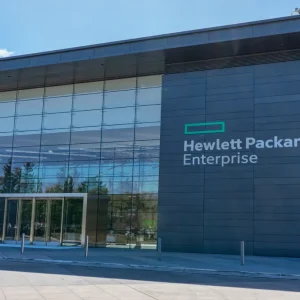
Digital Realty is launching a cloud connectivity platform bringing it into direct competition with Equinix’s Cloud Exchange.
The Digital Realty Service Exchange will be aimed at providing private, direct connections between enterprise data centres and the public clouds of Amazon Web Services, Google Cloud Platform, IBM SoftLayer, and Microsoft Azure, in addition to other clouds.
Service Exchange is designed to make access between interconnected services, providers and business more flexible and scalable, the company said. In essence it is designed to improve the performance and reliability for cloud services and data centre access than the public Internet.
The service is being made available later this year through a global partnership with Megaport, an Australian company which provides elastic, SDN-based Ethernet fabric.
Chris Sharp, Digital Realty’s Chief Technology Officer, said: “The Service Exchange creates a simple, flexible and scalable solution for our customers, including those looking to make, jump-start or accelerate their digital transformations.”

The partnership between Megaport and Digital Realty will bring services, capabilities, and SDN-enabled flexibility in the hopes of improving the services that customers receive.
So far it is Equinix that has been the main player in the market for public cloud interconnection, according to Forrester, Digital Realty will be hoping that it can make up ground.
The core idea behind cloud interconnection is that the Internet just isn’t good enough for some workloads. A Forrester report said that data centre traffic that uses 10Gbps Ethernet or greater connections between servers “will screech to a halt once this same traffic tries to traverse the Internet.”
Service Exchange is fully integrated with Megaport’s elastic fabric, which will enable Digital Realty’s customers to more easily access interconnection services and cloud network solutions.
The Exchange will be available in 24 data centres across 15 markets by mid 2017, starting in areas around the US. The service will be available in London in the first quarter of 2017.






